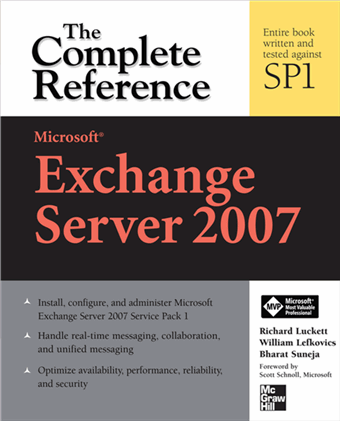NetApp Data OnTap 7 and Flexvolumes
Posted by Bharat Suneja at 1:21 PM
The Windows hosts (particularly apps like Exchange that insist on using "locally attached" disks and won't work with CIFS shares) use NetApp's SnapDrive snap-in that plugs into the Computer Management console (compmgmt.msc) and makes the host think the mounted volume/LUN is a local drive. Many times when you disconnect an iSCSI LUN (or a VLD "drive" for older filers), attempts to reconnect fail for a number of reasons. I've lived with it happily for what seems like a long while.
The Saturday upgrade went through the same reconnection issues and took several hours with a NetApp PS consultant on site and a NetApp tech support engineer on the phone. (The good thing was the consultant didn't have to go through the normal support queues that customers go through - as pleasant an experience as any support call can be :)
The fact that we did a whole bunch of mini-upgrades during this time - Windows Server 2003 SP1, Microsoft iSCSI initiator 1.06, SnapDrive 3.1X, et al) didn't seem to get in the way, but it's not something I would necessarily recommend doing.
The high point of the day was watching the upgraded SnapManager (SME 3.1P1) - NetApp's solution for performing snapshot backups of the Exchange store - rip through the backups and verifications. SME performs a verification of the backed up stores using eseutil. The entire backup and verification for 2 storage groups that included 2 mailbox stores of about 40 Gigs and a smaller public folder store completed in under 19 minutes - compared to an hour and 3-7 minutes on the old filer. The verification operation was what took the most time, perhaps more than 18 minutes, and it can be run on a passive node in the cluster, or on any other server or desktop - you don't need an Exchange server to do it.
The performance boost mostly came from Data OnTap 7's FlexVolumes. FlexVolumes use all the spindles (hard disks) in a filer to create what's known as an "aggregate". You create volumes in the aggregate, and create LUNs (or "Qtrees" and LUNs - refer to NetApp documentation for explanation of the terms) in the volume. As a result, data is distributed across all the spindles, giving a phenomenal performance boost compared to volumes sitting on far fewer spindles in a filer.
The other good part is you can expand/shrink the LUNs and volumes on the fly, without the need for taking the hosts/applications offline. In this case, Windows/Exchange hummed happily along as we increased the volume and LUN sizes on the fly.
Once we tested ability to reconnect to the old filer, the rest of the upgrade was quite troublefree. The cluster nodes connected to the replicated (aka "SnapMirrored") LUNs on the new filer and the EVS came up without any hiccups.
Overall, a good display of NetApp's technology, professional services, and tech support in a little under 12 hours, and unhappy as I am with its barebones SnapManager for Exchange backup utility and SnapDrive, it can count on me for future business and referrals.
Labels: NetApp

 Exchangepedia Blog is read by visitors from all 50 US States and 150 countries world-wide
Exchangepedia Blog is read by visitors from all 50 US States and 150 countries world-wide






